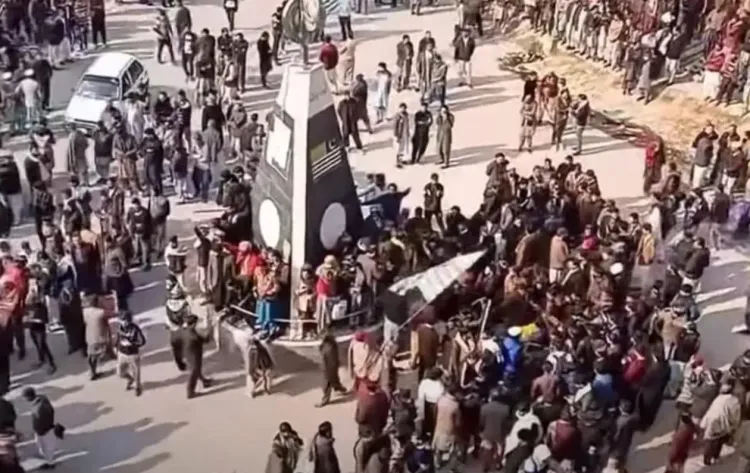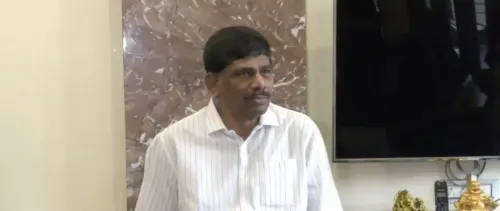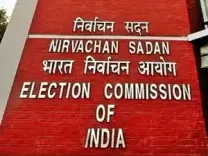Is Pakistan-Occupied Kashmir on the Verge of Escalation?

Synopsis
Key Takeaways
- Protests in PoK are escalating due to government repression.
- JKJAAC seeks international support for their cause.
- Heavy military presence is being used to suppress dissent.
- Residents demand basic rights and fair treatment regarding resources.
- India is vigilant about developments in the region.
New Delhi, Oct 1 (NationPress) The conditions in Pakistan-occupied Kashmir (PoK) are expected to deteriorate further as the Pakistan Army continues its brutal actions, and the demonstrators remain defiant.
The administration in PoK has initiated an indefinite lockdown amidst protests led by the Jammu and Kashmir Joint Awami Action Committee (JKJAAC).
The organization has resolved to elevate the issue on an international platform, calling on Kashmiris worldwide to amplify their concerns. The JKJAAC has been highlighting significant issues, including the violent repression faced by the populace.
They have urged citizens to surround Muzaffarabad and have submitted a 38-point charter of demands to the Pakistan government, which seeks the removal of benefits for the elite.
As the protests have escalated over the past week, tensions increased significantly when security forces began firing upon peaceful demonstrators. There are now allegations of a systematic campaign to eliminate dissenters, with claims that a plan has been initiated by the Pakistan government. Following the onset of protests, mobile and internet services in PoK have been suspended.
The Pakistani government is attempting to conceal the genuine issues from the international community and is suppressing the protests through force. An unprecedented number of security personnel have been deployed in the region.
Indian intelligence agencies estimate that over 2,000 security forces have been mobilized, with orders to use lethal force if protests continue.
All access roads to PoK have been sealed off, and there is intense scrutiny of individuals attempting to enter the area. To control the protesters, paramilitary units have been stationed across all districts, resorting to shelling and aerial firing to disperse crowds.
Protests in PoK are not a new phenomenon; they have persisted for a significant period. The Pakistani government has long ignored the region, plagued by corruption among its leaders. This neglect has been a primary catalyst for the ongoing unrest.
Residents have also expressed dissatisfaction regarding the high electricity rates, despite local generation through the Mangala Dam in the Mirpur district.
India is vigilantly monitoring the situation, keeping borders on high alert to prevent any potential spillover effects. Indian authorities recognize that the unrest stems from the systematic exploitation of resources in the region.
India asserts that the region is under illegal and forcible occupation by Pakistan, which is increasingly concerned about the potential escalation of unrest.
Officials predict that this time, the discontent is unlikely to subside quickly. The Shehbaz Sharif government fears that demands may grow, with the populace possibly calling for Azadi (freedom from Pakistan).
Pakistan is grappling with numerous challenges, including unrest in Balochistan and Khyber Pakhtunkhwa, where protests are ongoing. Security forces are engaged in continuous conflict, facing significant losses against the Balochistan Nationalist Army (BLA) and Tehreek-e-Taliban Pakistan (TTP).
These events unfold amid pressure from both the US and China to ensure stability in these areas. Pakistan has signed a minerals agreement with the US, which the BLA opposes.
Furthermore, there is the China-Pakistan Economic Corridor Project 2.0, for which Pakistan is under obligation to secure funding and stability. The combined demands from the US and China have placed immense pressure on the Pakistani government, resulting in orders to suppress protests, even at the cost of civilian lives.









